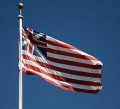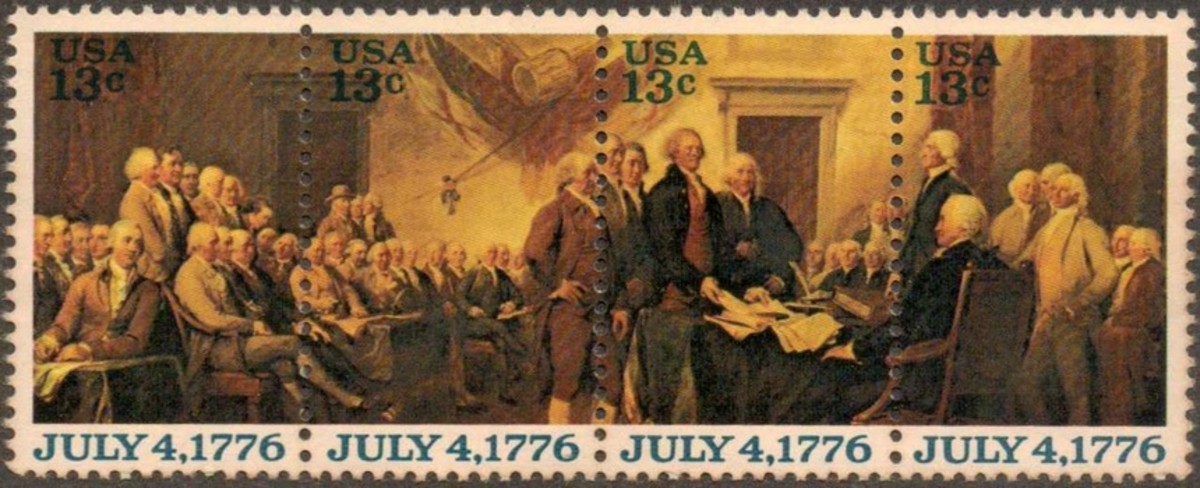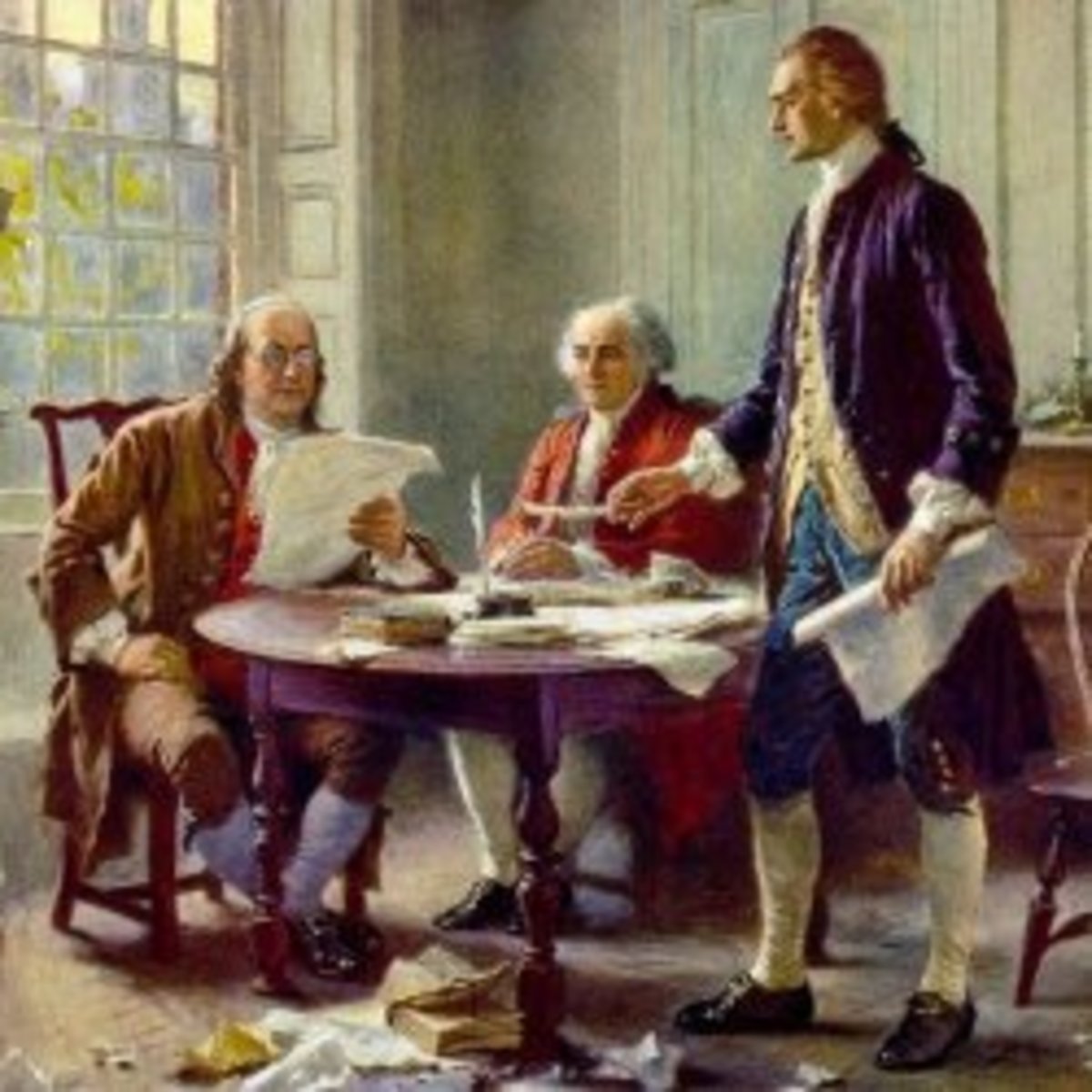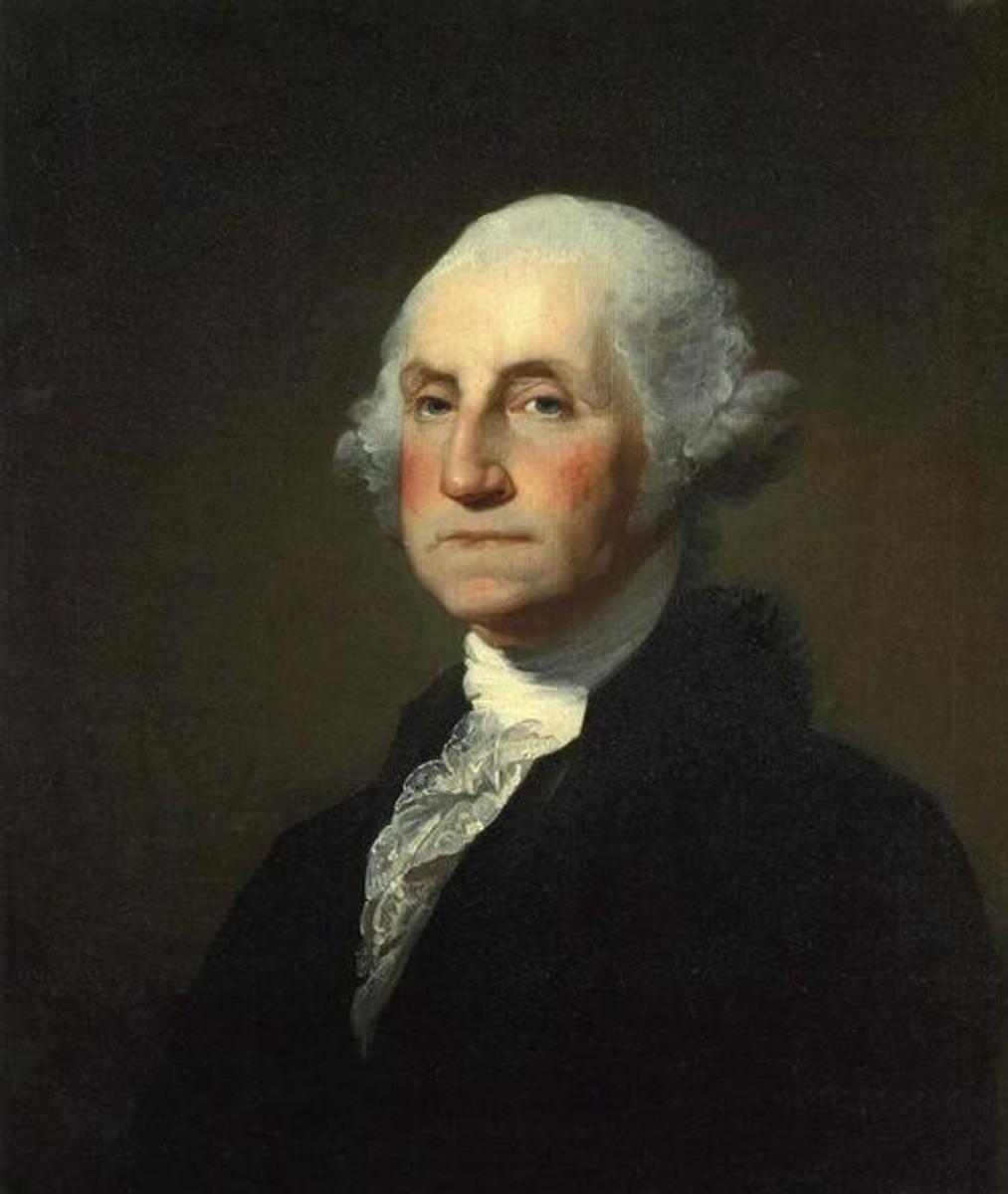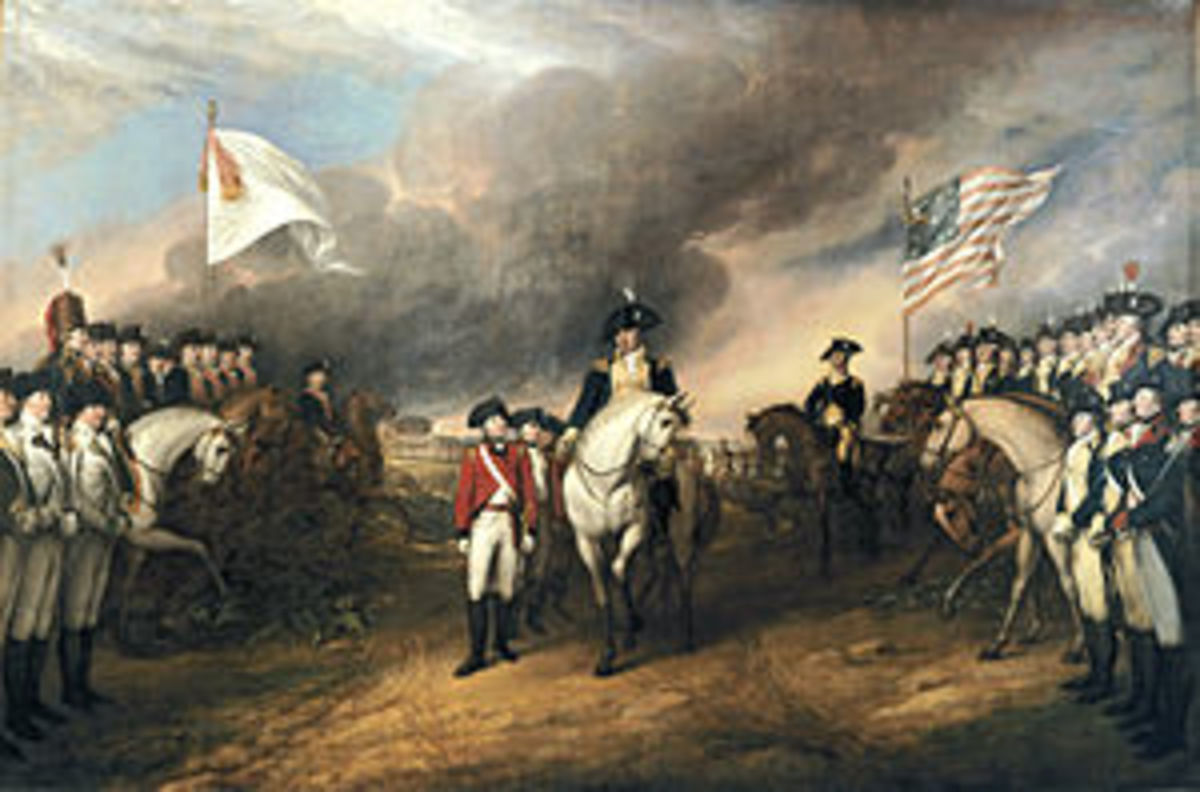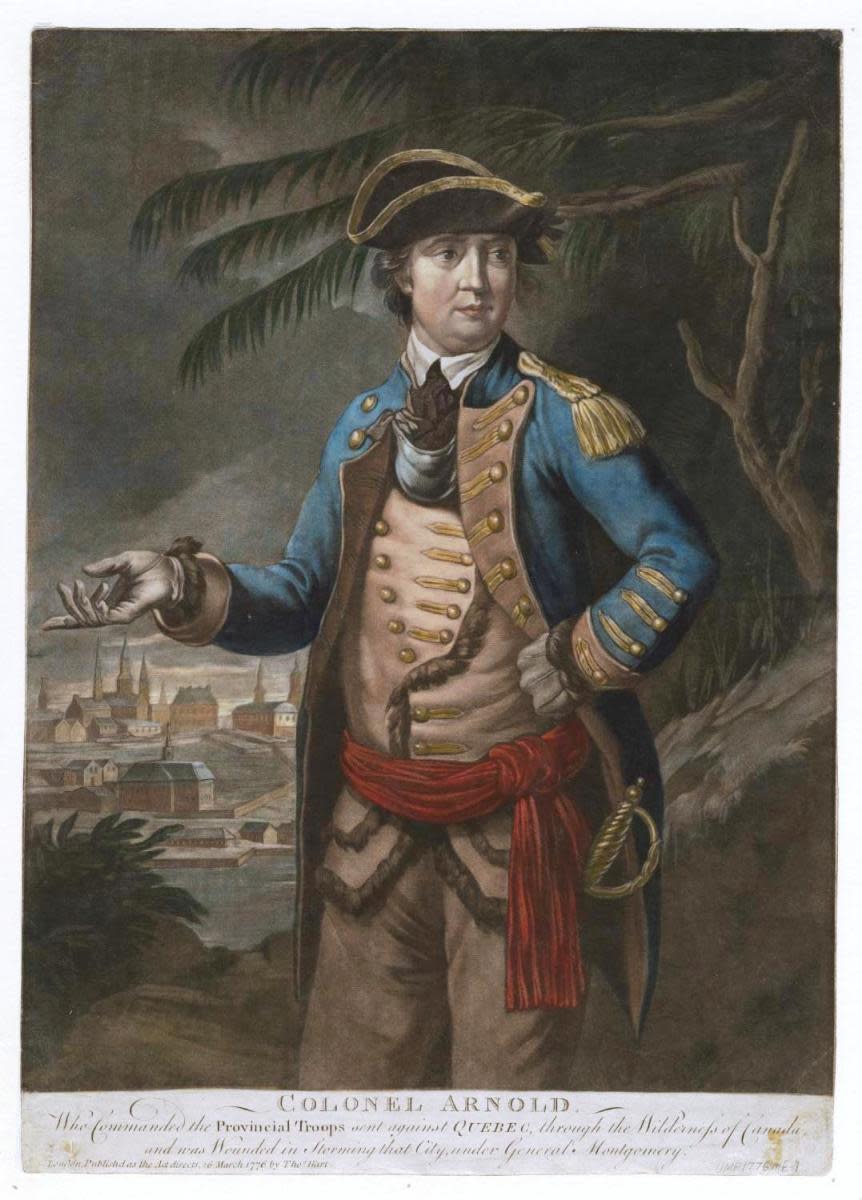- HubPages»
- Education and Science»
- History & Archaeology»
- History of the Americas»
- American History
The Grand Union Flag
What was the first flag of the American Colonies? Most of us would answer the flag made by Betsy Ross. That is only partially correct. Her flag was the first official flag that was adopted by Congress after independence was declared. We rarely think of any other flag than the one that flies over US government buildings today. But Mrs. Ross's flag was not the first used by the colonial army. The first flag adopted to show unity and determination was called the Grand Union Flag.
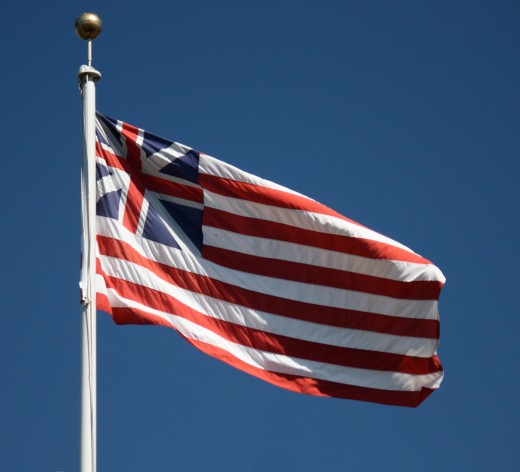
Cambridge Flag
Also known as the Cambridge Flag, The Congress Colors or The First Navy Ensign, this flag was the flag of a group of people who wanted their voices heard. In the beginning, it had several names. Independence had not yet been declared. There was not really a rebellion yet. Thus, it was more of a banner than the flag of a new country.
The colonies were still debating among themselves whether or not to separate from England. They were different colonies who were being forced to unite against their parent. While agreeing to come together and discuss, they came up with a flag to represent their new status of unity. They delivered this message by using the British Union Jack and the cross of St. George of England. Their flag was a version of the motherland’s.
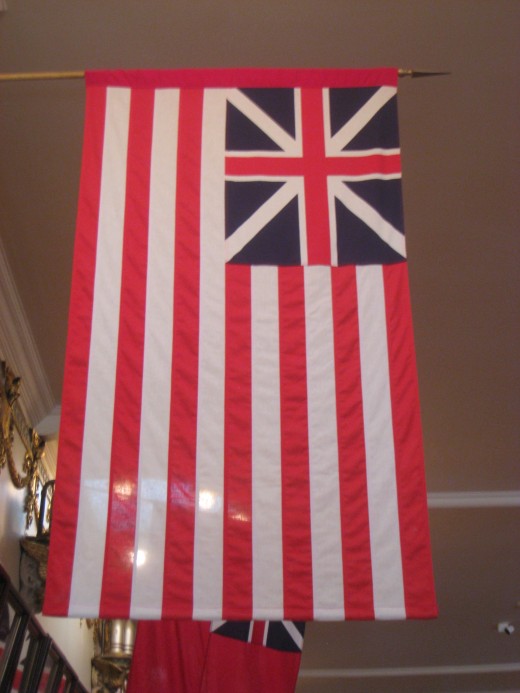
The Flag Was a Declaration
England placed the straw that broke the camel’s back. The colonists were furious at the continued treatment they were receiving. Independence was declared. There was no way that the new country wanted the flag of the country they were breaking from on their flag as a constant reminder. A new flag had to be created.
Think of it in today's mindset. When we want to make a statement, we create banners and flags. That was what the colonists did. We wave the flag of our political group, our sports team, and our alma maters. The colonists waved their flag of rebellion.
The result was the first official flag of the United States of America. It is the basis on which the flag of today is based.
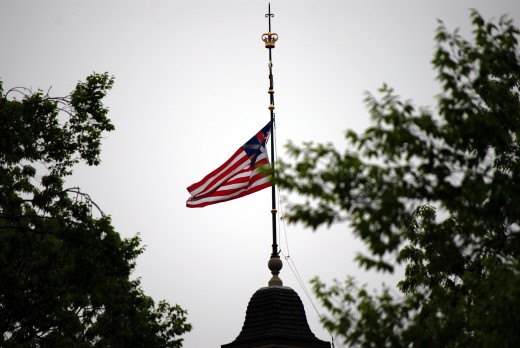
Not the First Flag
The Grand Union Flag was first revealed at Washington’s camp at Cambridge. This does not mean that there was no flags at all for the country, army, or even the navy. Each colony had its own flag. Each regiment had theirs. In fact there were multiple flags all over the colonies. This was the first one that was recognized by all.
The navy even adopted it and proudly displayed it as it went about letting the English navy know what it thought of the whole thing. That is why it is also called the First Navy Ensign flag.
Importance of the Flag
This flag is very important for several reasons. First, it showed that the colonies were taking definite steps to unite. They were sending a message to King George that they were coming to many agreements. They were putting many of their squabbles aside to unite in protest on the various ways they felt injustice being poured out on them. This is huge as each colony had its own government and own way of going about life and business. In fact, they were almost like thirteen separate countries banding together to fight a cause. That is not an easy task.
Second, it showed that independence was not decided on yet. In fact, it sent a message across the ocean that they still considered themselves part of the British Empire yet completely unique. When the British soldiers saw the flag, they saw their own flag in it. They saw a part of themselves. They saw family. The rebellious colonies just wanted a little bit of respect. Was that too much to ask for?
Guess it was. King George was determined to continue his course of action. The colonies banded tighter together and declared the historic independence that has echoed through the centuries. The flag was removed and replaced with one that was a symbol of the new country and not that of the old. A new phase had occurred in this new land. A new flag was lifted high to let the world know.
Sources:
United States Flag - https://www.united-states-flag.com/continental-colors.html
US Flag - http://www.usflag.org/history/grandunion1775.html
Revolutionary War and Beyond - http://www.revolutionary-war-and-beyond.com/grand-union-flag.html
Flag History -http://www.flaghistory.net/flag-origins/grand-union-flag/

